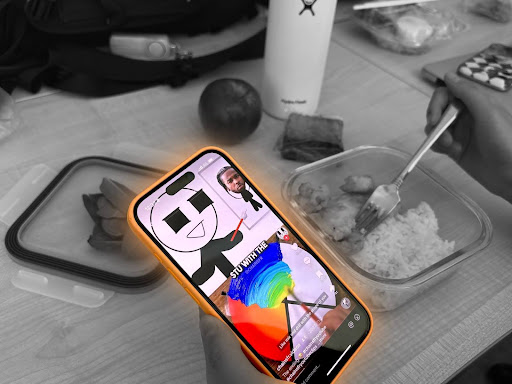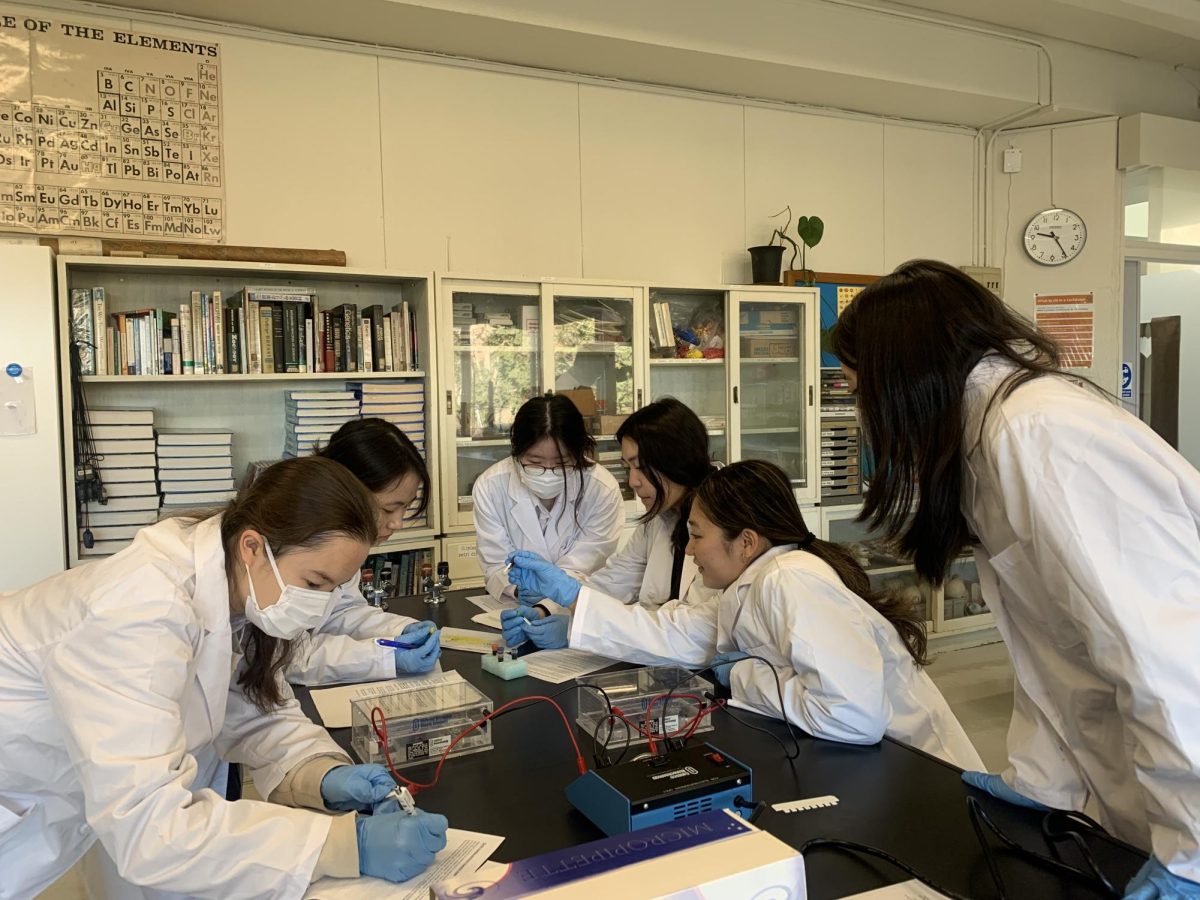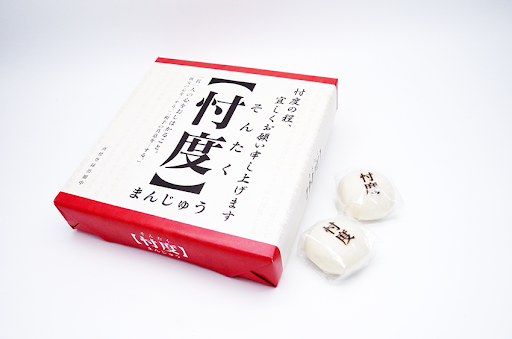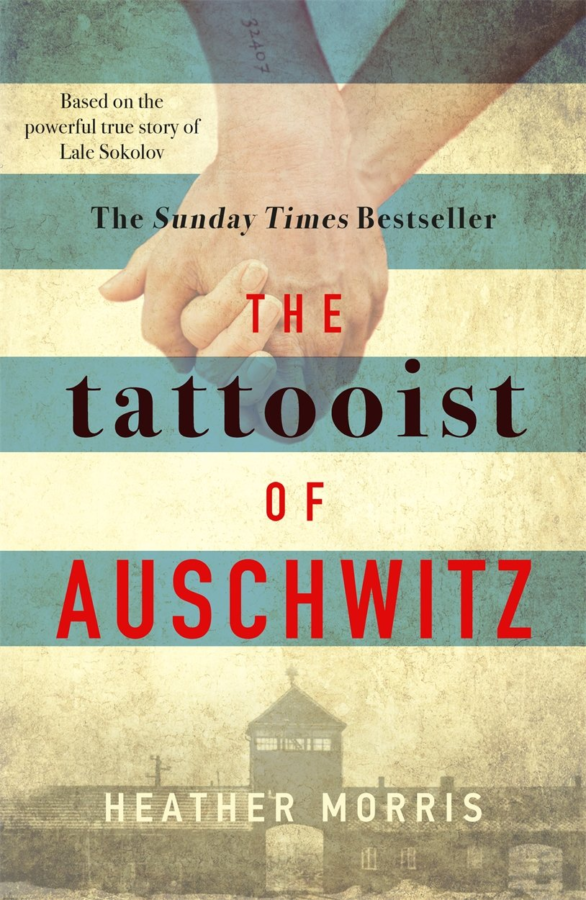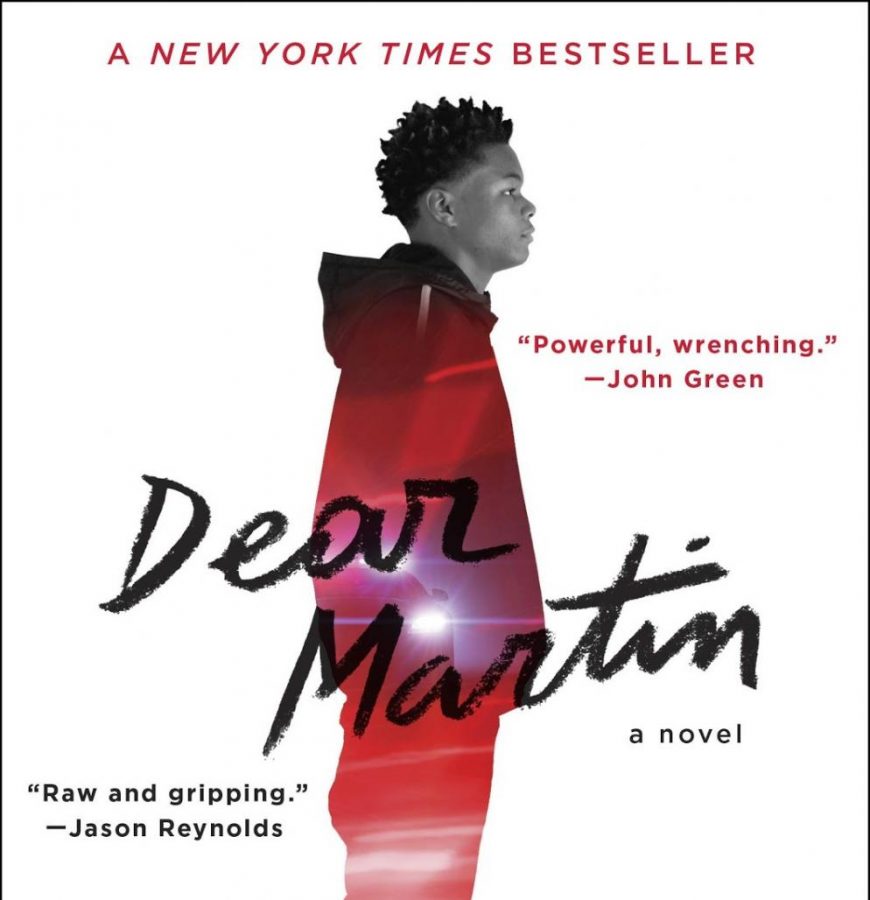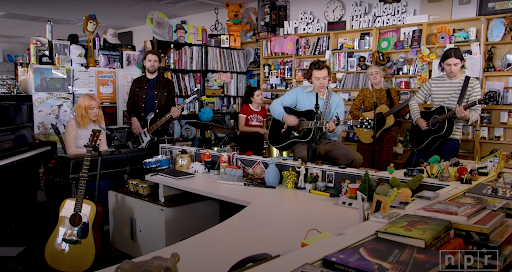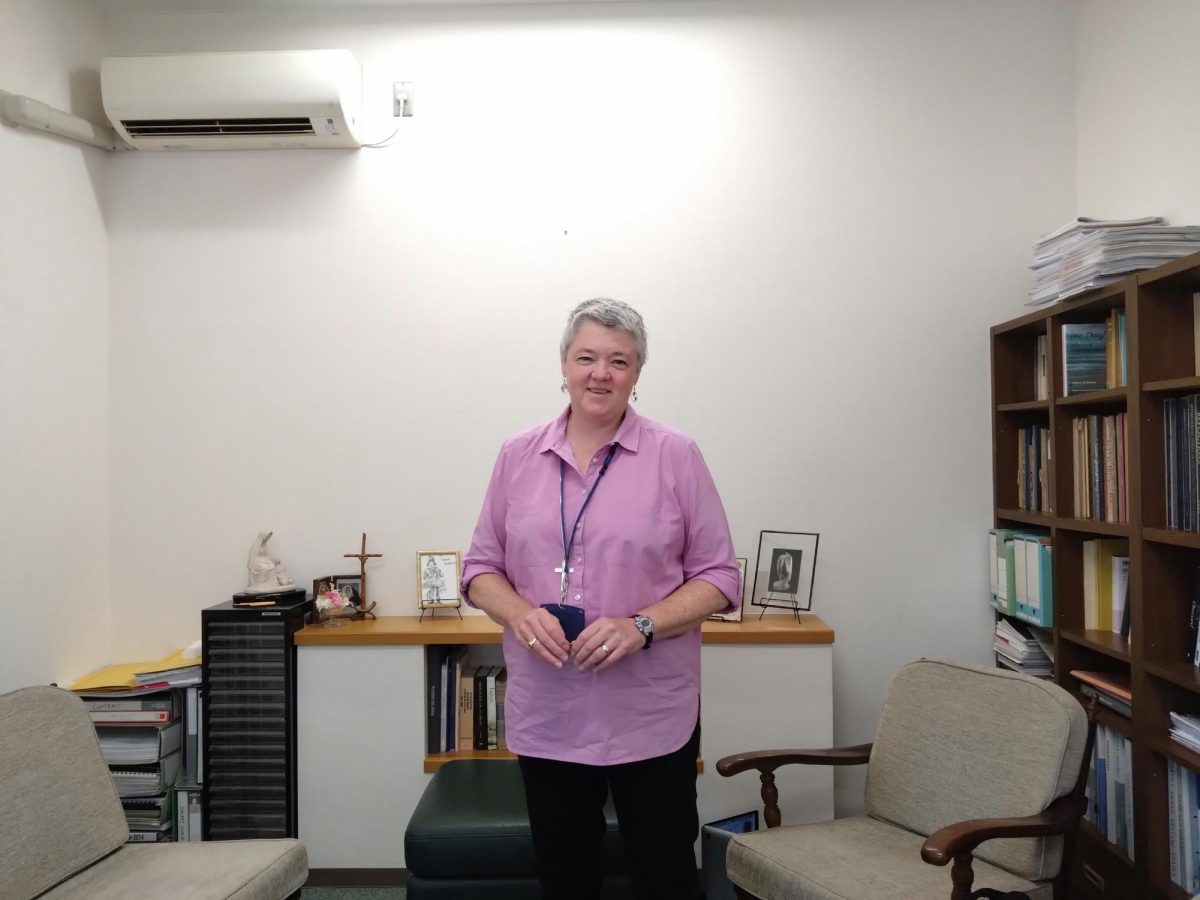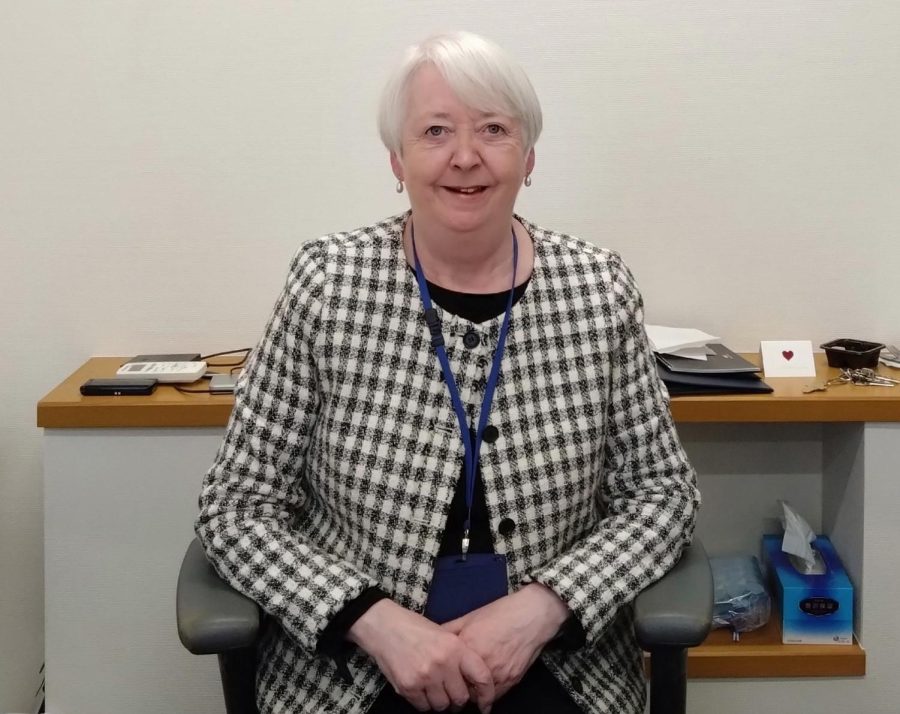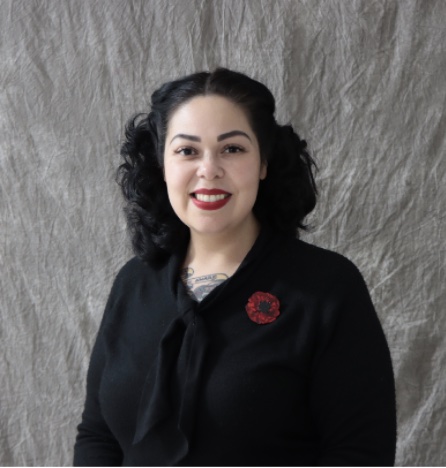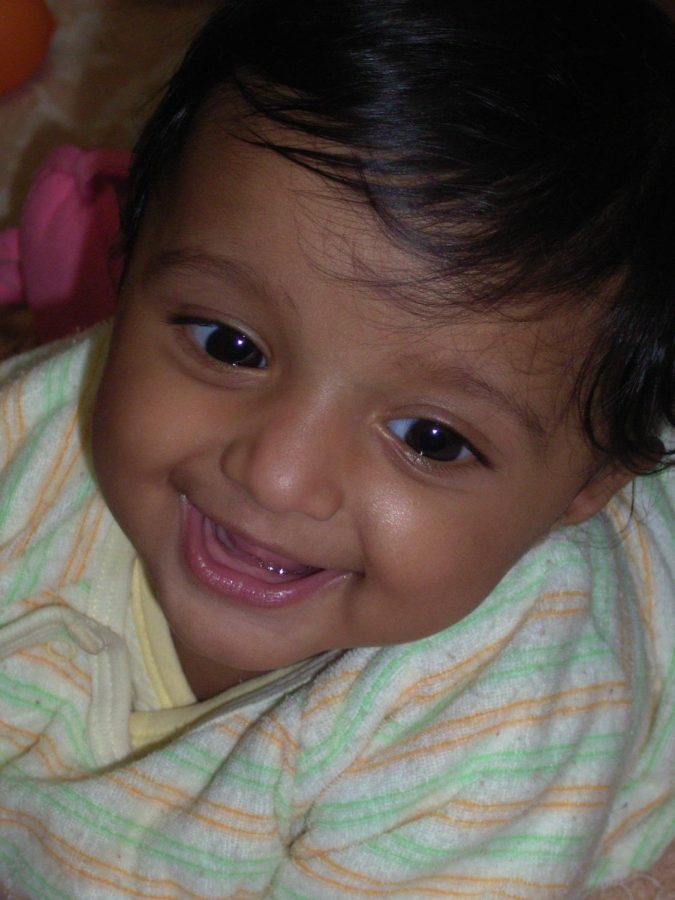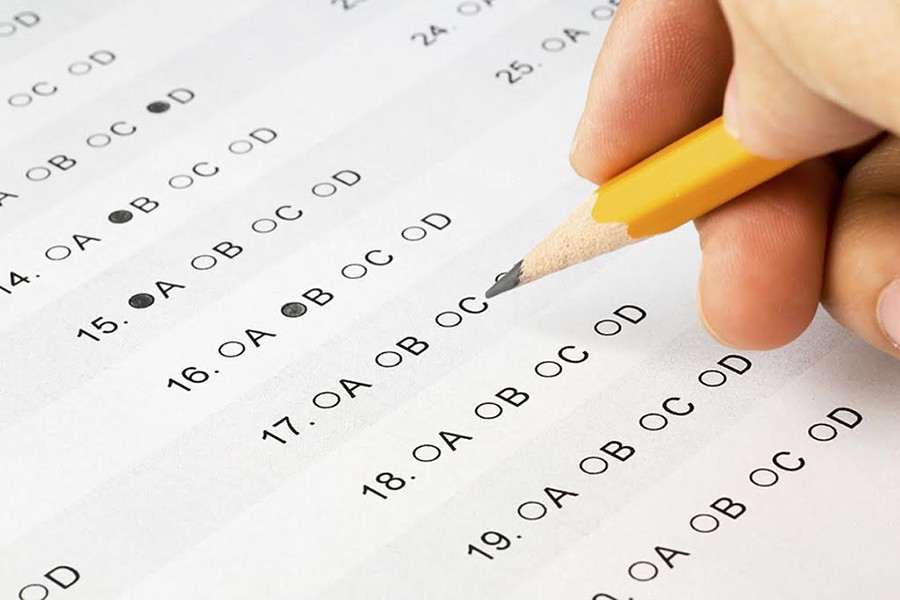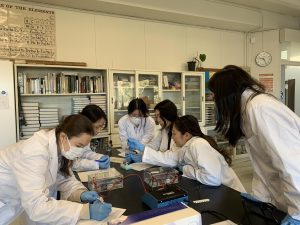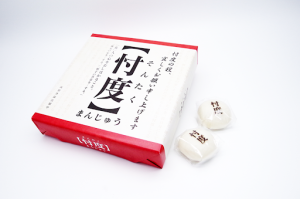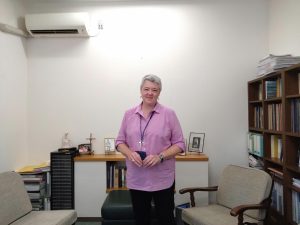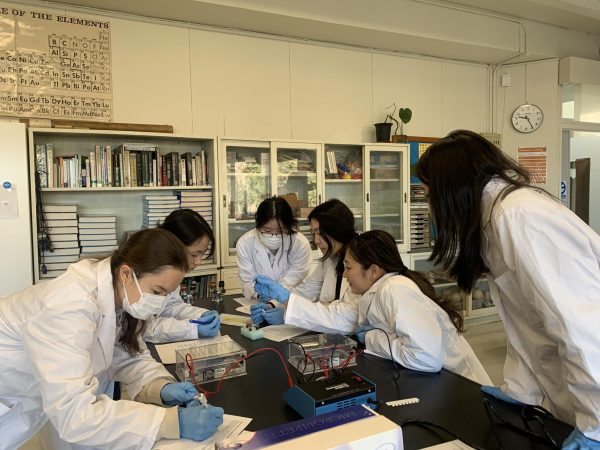A, B, C, or D? Freshmen, meet the PSAT 9!
February 4, 2016
On Wednesday, December 2, anxious 9th grade students walked into the AV room, with a calculator in one hand and an eraser and ruler in the other. As the students sat down in their assigned seats, they gave each other nervous glances as they waited for the PSAT 9 booklets to be handed out.
The PSAT 9, according to the College Board, is a test that helps students figure out what they need to work on most so that they are ready for college by the time they graduate from high school. The test also prepares students for the SAT, the most common college application test in the United States. The PSAT 9 consists of three main sections: reading, writing and math. The College Board changed the format and content of the PSAT in Fall 2015, so the 9th graders that took the PSAT 9 this year were the first group of students to take the new test. The test itself takes 2 hours and 45 minutes. Including the breaks and the information session, the test took about 4 hours.
After taking the PSAT 9, the freshmen had many different thoughts and opinions about the testing environment. “The testing room was uncomfortably quiet, and I felt that we needed longer breaks between sections,” said Srichi (9). In between sections of the PSAT 9, students were given five-minute breaks, but were not allowed to speak or leave the testing room, except to go to the bathroom. This was a struggle for students, many who were eager to share thoughts and opinions on the latest section they had completed. “It was hard during the breaks because I felt like I had to talk to my friends to get things out of my system,” said Rina (9).
However, not all students had negative views on the testing environment. “I actually really liked [the testing environment] because it was very peaceful. Since I don’t like noise while I’m trying to focus, I didn’t mind the no talking policy,” said Tisha (9).
When asked which section they thought was the hardest, the majority of the grade answered the math section. The reasons students thought that the math section was the hardest section varied, but most said that the reason was because when they came across a specific type of equation or symbol that they had never seen before, it made it difficult for them to answer the question with confidence, or to even answer the question at all.
In middle school, students took the ISA (International Schools’ Assessment) test instead of the PSAT 9 or SAT. When asked what the benefits of taking the PSAT 9 (instead of the ISA test) were for the students, Mr.Eyre, the Head of the English Department, said that the students, “become accustomed to the types of questions asked on all three tests, meaning that by the time they take the college readiness SAT test in grade 11 and grade 12, they already know exactly what to expect from the test questions. As the PSAT is typically taken by around 1.5 million students in grade 10 and 1.5 million students in grade 11 worldwide, students can clearly see where they stand in terms of college readiness.” He also added that once students receive their individual reports from the College Board, they can link their results to Khan Academy, an online resource that will provide each student with free, personalised practice SAT sections.
When asked about the differences or similarities between between the ISA test and the PSAT 9, Rina (9) said, “ISA test felt easier than the PSAT 9, but I felt like the ISA was not as efficient as the PSAT 9. The PSAT 9 felt more “real” because we all know that it’s closely associated with the SAT and just knowing that makes the test feel like it has a lot of purpose.” Many other students also agreed, saying they felt more stress and anxiety because they were taking a test related to college, thus making the test feel more serious than the ISA test.
While the PSAT 9 results have not arrived yet, the majority of the 9th grade is eager to get their scores back. “I’m actually excited to get back my score,” said Aeri (9), “I think that it’s really going to help me figure out what my strengths and weaknesses are.”



